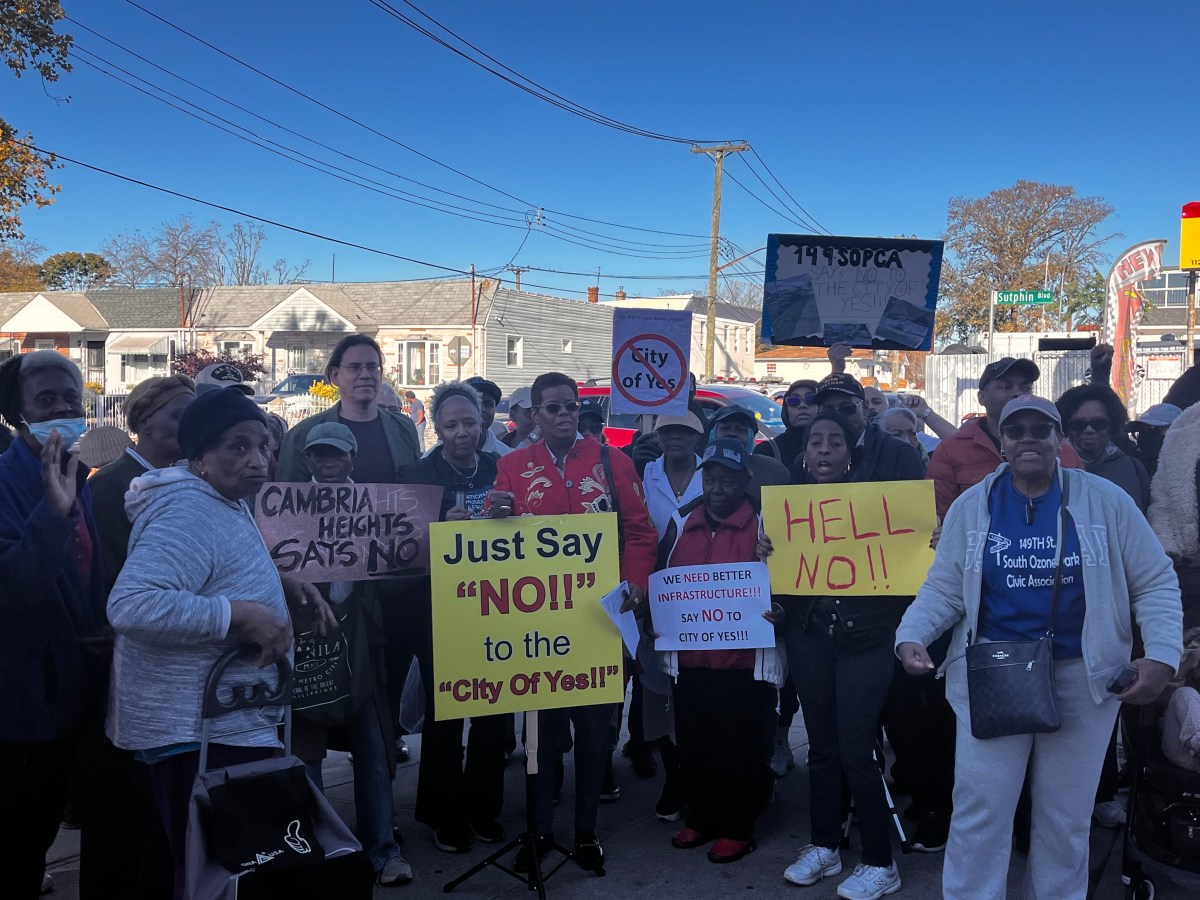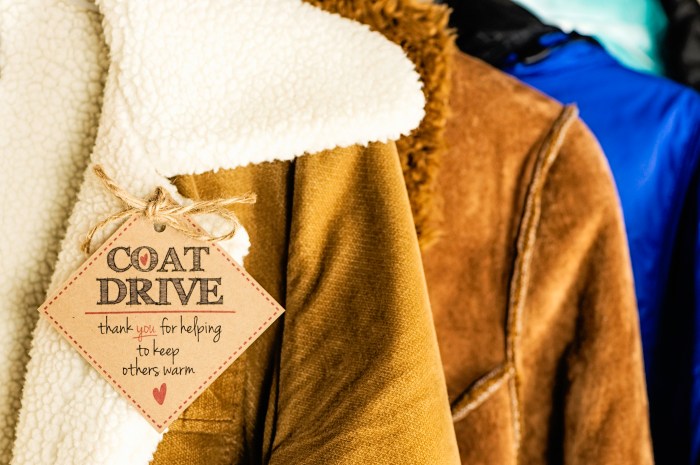By Albert Amateau
Art vendors who last year challenged the Parks Department’s new rules that limit where they can sell their work in four Manhattan parks received a setback in court in May but are still fighting on.
The Appellate Division on May 17 upheld a lower court decision and dismissed a temporary injunction against the revised rules for selling First Amendment-protected material in Union Square Park, Battery Park, the High Line park and parts of Central Park.
That means that art vendors must toe the line, at least temporarily, and may set up their tables at only 100 designated spots total in the four parks.
As a result, the number of art vendors in those parks has declined sharply since May 17, and vendors have had to line up early in the morning to snag the coveted spots.
Franklin D. Casierra, from West New York, N.J., was one of the artists who got one of the 48 designated spaces in Union Square Park on the sunny afternoon of May 19, two days after the court’s latest action. He said he arrived across the street from the park at 8:30 a.m. to get his space.
Up on the High Line, Trent Delahoussaye said he came down from the Bronx and arrived at the park at 7:30 a.m. to get one of the five designated spots. Delahoussaye, who hails from Broussard, La., has been selling his paintings and photos on the city streets and in its parks for two years. But he carries Louisiana with him in a tattoo of a map of the state on his right bicep.
Jon Brooks, the lawyer for one group of artists who filed the court challenge, said last week that the May 17 ruling applies only to the temporary injunction.
“We’re disappointed in the ruling, but now the trial will proceed on the main issue, and we believe that these draconian regulations will not stand,” said Brooks, who is representing Diane Dua, an artist who usually sells her paintings in Central Park outside the Metropolitan Museum of Art.
Another suit, filed by Robert Lederman, an artist who usually vends his mixed-media work in Battery Park and Central Park and on the High Line, is also alive and well.
Attorney Julie Milner, representing Lederman, did not join Brooks’s appeal of the temporary injunction but is pursuing the First Amendment issue in federal court.
The Lederman lawsuit came under attack last week when city attorneys asked the federal court to deny Lederman’s attempt to obtain Mayor Bloomberg’s statement regarding what artists contend is the illegal policy of promoting commercial uses in Union Square Park while limiting vendors’ constitutional right to sell their art there.
“The revised rules are all about privatization of the park,” said Lederman, who has won seven previous lawsuits against the city on First Amendment issues, including one that was upheld by the U.S. Supreme Court.
Indeed, Lederman contends that the revised rules are targeted at him especially.
As of the beginning of June, newspapers, including the Times, Post and Daily News, may only be sold in the designated vendor locations in Union Square Park and Battery Park, apparently to avoid favoring one type of expressive material (newspapers) vendor over another (art) vendor.
The ban, however, does not affect the distribution of free newspapers outside the subway stations that are within both parks.
Lederman said that the revised park rules have not only restricted artists “but are impacting mainstream New York City newspapers, musicians and performers, as well as religious and political activists.
“All of this has been done so as to replace First Amendment-protected activities with profitable park concessions, holiday vending markets and corporate promotions,” Lederman said in a June 2 e-mail.




































